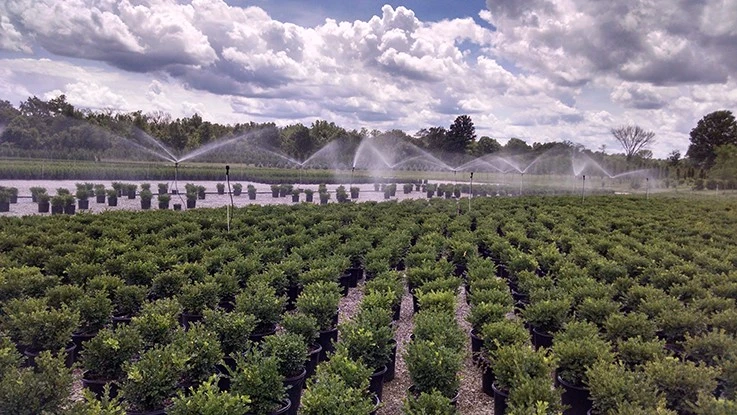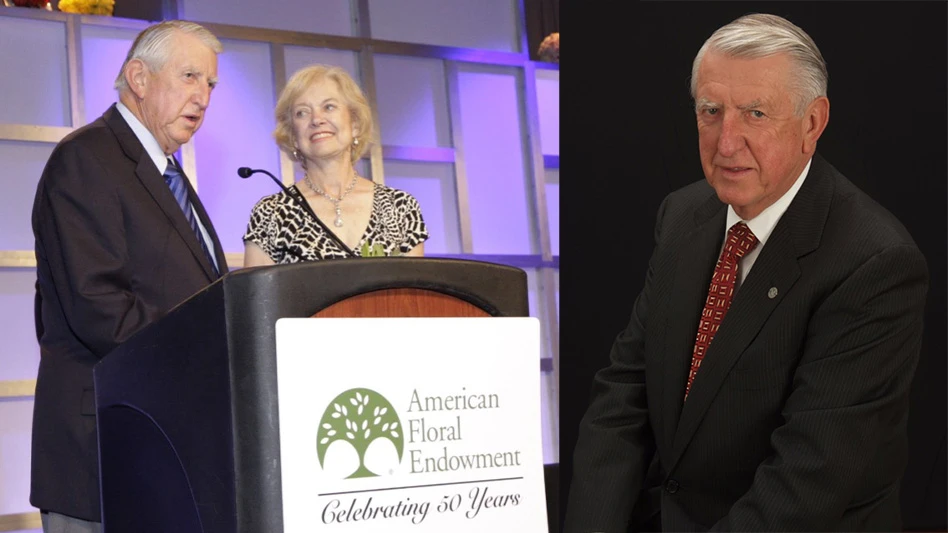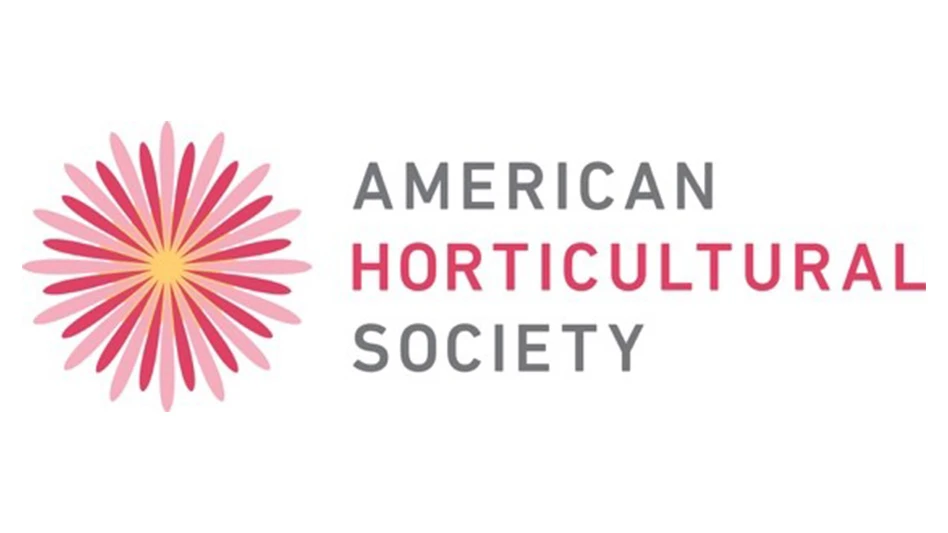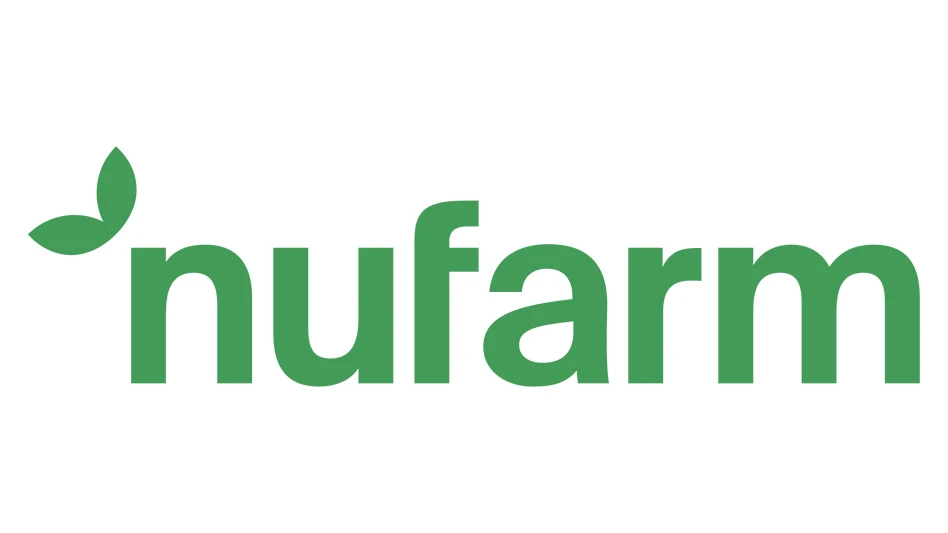
In 2011, Springer reported that the average U.S. household used approximately 69 gallons of water per capita daily. Some of that water is likely used to install and maintain landscape plants. However, future water shortages may literally change the American landscape if enough water is not allocated to ensure plant survival. Installing and maintaining landscapes can have real environmental and well-being benefits to homeowners; landscapes provide an aesthetically beautiful backdrop, as well as areas for recreation and relaxation (Hall and Dickson, 2011).
Research has shown that
Recycled greywater from washing machines, bathtubs, showers and sinks (but not toilets), constituted approximately 60 percent of the total wastewater from households. This can equate to about 30,000 gallons of greywater a year for a family of four (Al-Jayyousi, 2003; Cabrera et al., 2013). If greywater is treated, it can facilitate groundwater

Building on the findings we reported in the June issue (from Knuth et al., 2018, using the same survey, same data, same methodology), we developed two question groups: one for small woody trees and one for herbaceous perennials. We photographed plants and then incorporated additional information about the plants including: (a) price at one of three levels, (b) production with one of three water sources using either fresh water, recycled water, or a blend of fresh and recycled water, and (c) use of irrigation only for the first season to help the plant to become established or use of irrigation for most seasons after establishment1 (Figure 1). The herbaceous perennial plants included were coral bells (Heuchera americana), English lavender (Lavendula
To compare respondents in different water/drought situations, we used the three categories based on whether they accurately perceived if the region in which they lived was experiencing drought (Knuth et al., 2018). The three categories were based on whether the survey participant accurately perceived if the region in which they lived was experiencing drought and included the following:
- They did not perceive drought even though they were in real drought (NP/R),
- They did not perceive drought, but they were not in real drought (NP/NR),
- They perceived drought correctly since they were in a real drought (P/R).
Consumer preferences
Survey results for perennials showed the major influence on the decision was made based on the plant, which is consistent with prior research. Consumers preferred the perennial verbena more than the English lavender, which was more desired than the coral bells. The second most important factor in the decision to buy the perennial was the water source. Plants grown with fresh water were preferred over plants grown with recycled water and the blend of fresh and recycled water was the least preferred (Figure 2). Lastly, their decision to buy the plant was equally weighted on price and water use in the landscape. So


In the decision to buy perennials, we found several differences between the drought perception/realization groups. Figure 3 shows the relative utility (or value) placed on the water sources and water uses. A higher score shows the consumers valued that characteristic more while a negative score shows they did not value that characteristic. The water used in the landscape was slightly more important for the NP/NR group compared to the other two groups, both of which had experienced a real drought. In addition, the utility score for “grown in the nursery with fresh water” was lower for the NP/NR group compared to the NP/R group. We also found that the NP/NR group valued less (had a lower utility score) “requires irrigation in the landscape but only for the first season to help the plant become established” compared to the NP/R group.
For small trees overall, plant type was the most important attribute, followed by price, water use in production and least important was water use in the landscape (Figure 4). There was good consistency between the decision-making process for the perennials and small trees. Redbud was the most preferred plant, followed by

Industry relevance
The results of this survey help the green industry understand the relative importance of water source and landscape water use from the consumer perspective. The novel insight is that water source during production and water use while in the landscape were at least as important as price. This finding suggests that there may be some benefit to describing both water source and water needs for plants expected to last more than one season (e.g. herbaceous perennials and woody perennials) in point of purchase information. St. Hilaire et al. (2008) showed educational programs about public water conservation influenced landscape choices from present landscape plants to more water conserving landscape plants. Promotion of low water use plants and the use of recycled water in plant production of those plants may become marketable benefits.

Consumers placed greater relative importance on water source during production over water use in the landscape for both herbaceous perennials and small trees. They preferred fresh water over recycled water and least preferred a blend of fresh with recycled water for perennials and recycled water used for woody perennials. Additionally, the NP/R group, who incorrectly assessed they were not in a drought when they actually were, placed a higher value on nursery plants grown with fresh water compared to those who were actually not in
Hurd (2006) suggested that with a focus on consumer attitudes, changes in landscape plant selection could reduce overall water use and reduce future water demand. The attitude that recycled water was not as valuable (lower utility score), especially for the NP/R group shows a great need for education. Consistent with other work, our participants may have preferred fresh water due to concerns about
Our study was the first to combine production water source and landscape water use and show that water source in production and water use needs in the landscape

Explore the July 2018 Issue
Check out more from this issue and find your next story to read.
Latest from Nursery Management
- The HC Companies, Classic Home & Garden merge as Growscape
- Terra Nova releases new echinacea variety, 'Fringe Festival'
- Eason Horticultural Resources will now officially be known as EHR
- BioWorks receives EPA approval for new biological insecticide for thrips, aphids, whiteflies
- Ellen Mackenbach-Lakeman appointed new CEO of Dümmen Orange
- The Growth Industry Episode 3: Across the Pond with Neville Stein
- Southern Garden Tour sets 2025 dates for trial garden open houses
- New book explores plants that thrive in Rocky Mountains




